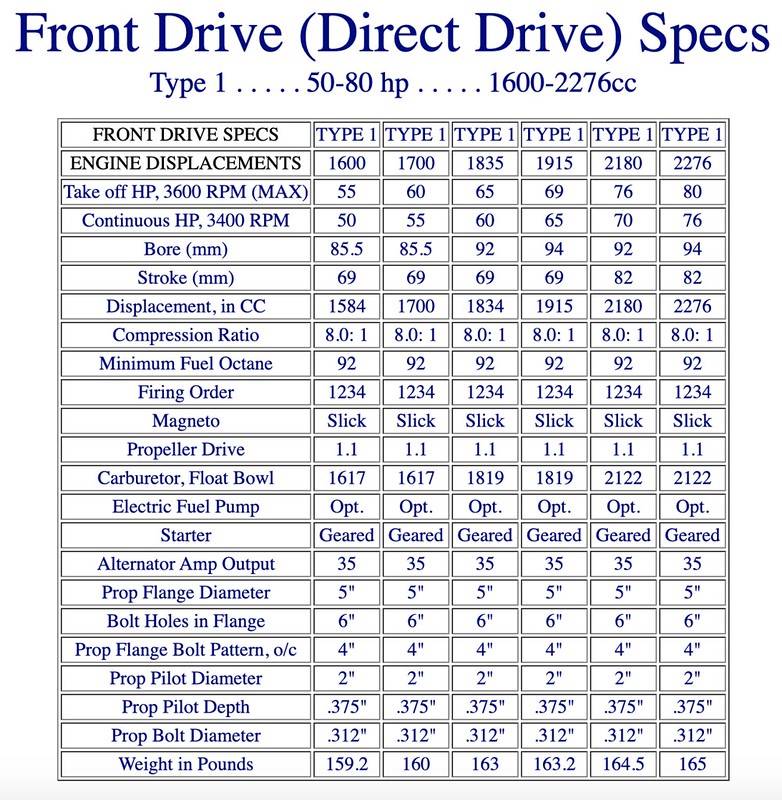mhflyit
Well-Known Member
Myles - three things:
1. do you still have the carb heat attached to the Aeroinjector?
2. have you checked the vent line for a blockage?
3. check the mixture controls on the carb are tight and the idle adjustment screw
Use half a tank of gas for the next flight.
Matt
1. do you still have the carb heat attached to the Aeroinjector?
2. have you checked the vent line for a blockage?
3. check the mixture controls on the carb are tight and the idle adjustment screw
Use half a tank of gas for the next flight.
Matt






